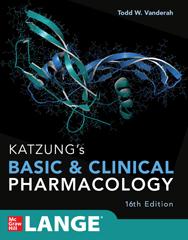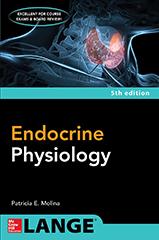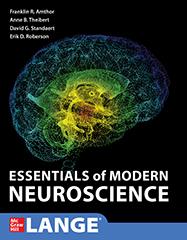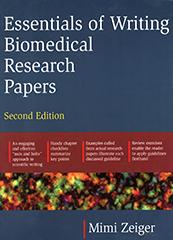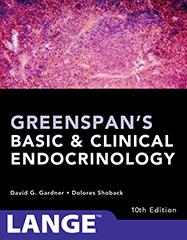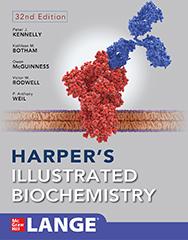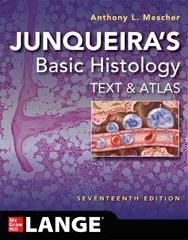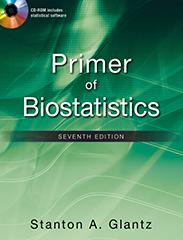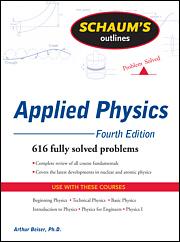The most comprehensive and authoritative pharmacology text—updated with new content and USMLE-style questions
Katzung's Basic & Clinical Pharmacology has been helping students master key pharmacological concepts and practices for decades. Continuing the tradition, this updated sixteenth edition facilitates learning with engagingly written text, a full-color presentation, hundreds of illustrations, and important new content.
The text is organized to reflect the course sequence in many pharmacology courses and in integrated curricula. Each chapter opens with a case study, covers drug groups and prototypes, and closes with summary tables and diagrams that encapsulate important information. This edition has been updated to reflect the latest research and practices.
Delivers the Knowledge and Insight Needed to Excel in Every Facet of Pharmacology!
• Encompasses all aspects of medical pharmacology, including botanicals, and over-the-counter drugs
• Addresses the clinical choice and use of drugs in patients and the monitoring of their effects
• Case studies introduce clinical problems and issues
• Trade Name/Generic Name tables are provided at the end of each chapter for easy reference when writing a chart order or prescription
• New: Chapter on cannabinoids
• New: 50 USMLE-style questions
• New: Drug tables and descriptions of important new drugs
• Full-color illustrations help clarify important concepts, and provide more information about drug mechanisms and effects

